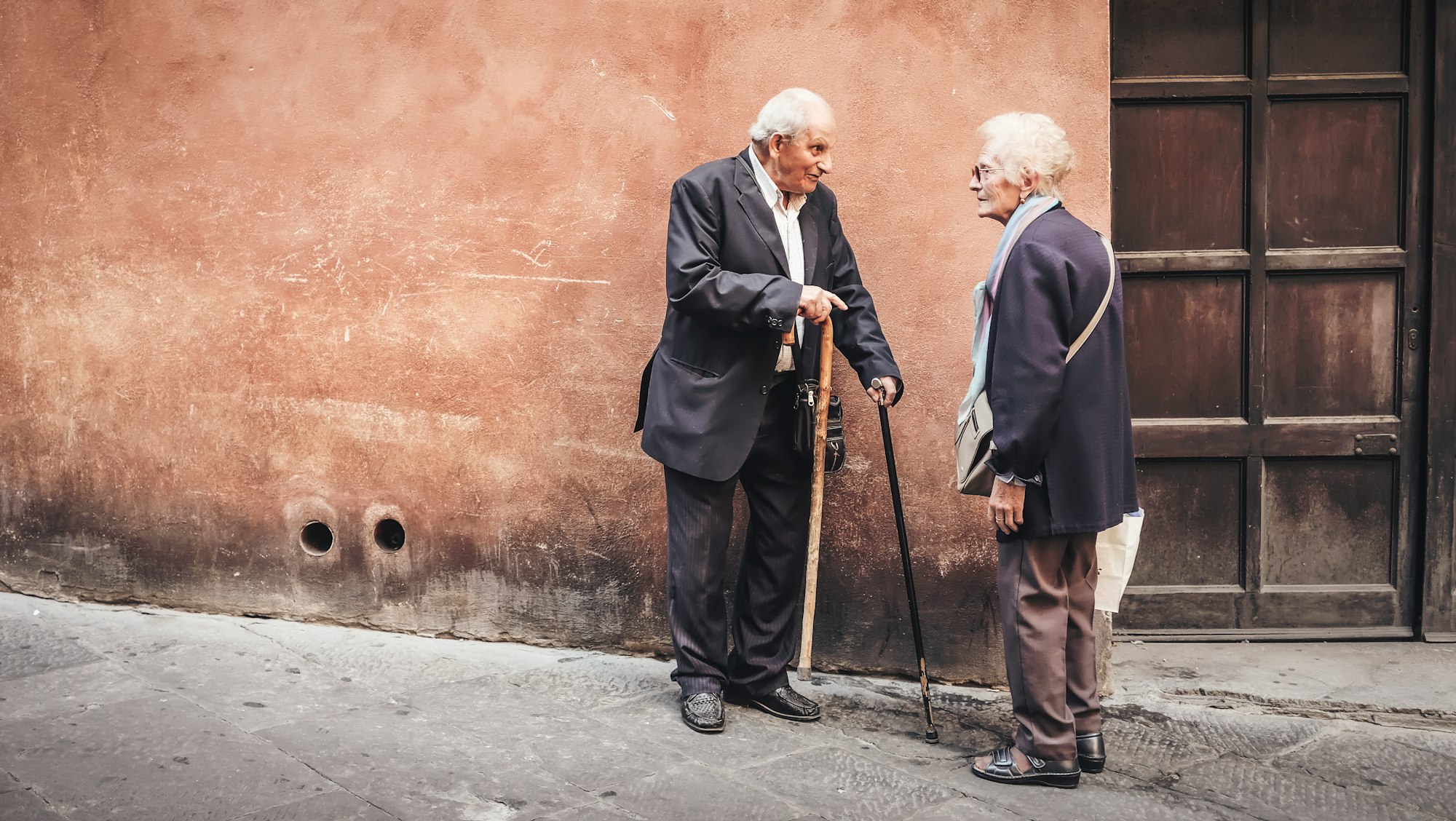Angry motorists. National and local politicians know all about them. Reallocate public space away from motor cars and suddenly normally quiet mailboxes and meetings are quiet no longer. Apoplectic drivers are on the warpath.
Yet what follows this driver rage is a curious paradox. Again and again the same politicians responsible for making roads quieter and greener are reelected, And not only reelected but often with increased majorities. Presumptions that these improvements must be political poison have been shown again and again to be false, in both opinion polls and elections. Healthy streets and liveable towns and cities are both good policies and good politics.
Waltham Forest councillors revolutionised their borough streets with Low Traffic Neighbourhoods, resulting in measurably cleaner air, healthier residents, and even increased life expectancy. Lo and behold, in subsequent elections those councillors responsible both retained their seats and even won increased majorities.
Sadiq Khan was reelected in May after both reallocating road space from motors and pledging a massive increase in the Ultra Low Emissions Zone. Tory opponent Shaun Bailey vehemently opposed both restricting motors and thereby making walking and cycling safer yet Khan won 55% of the runoff vote. In Milan, Paris, Barcelona and Oslo, where ambitious healthy streets have been created, we have seen a similar picture.
In our social media age, any controversy drives clicks and “engagement” which is why we see healthy streets unendingly described as a “war on the motorist” rather than as simply the most healthy and efficient way to move people while fighting the climate emergency.
After a decade of confected media outrage, could we hope that the argument is settled, and walking and cycling are simply seen as a sensible way of getting around our city?








